
Epiphany reading in Castle Valley
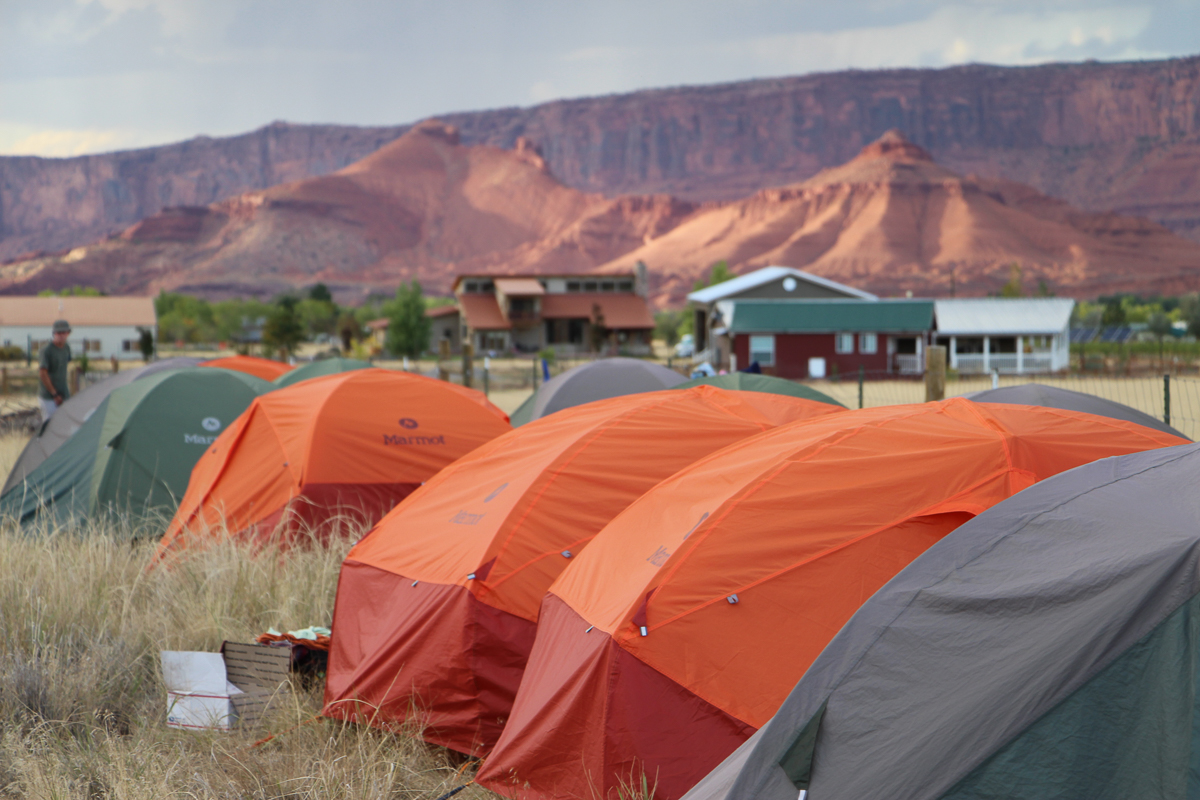
Castle Valley tent city

Amanda and Collin enjoy a uke jam
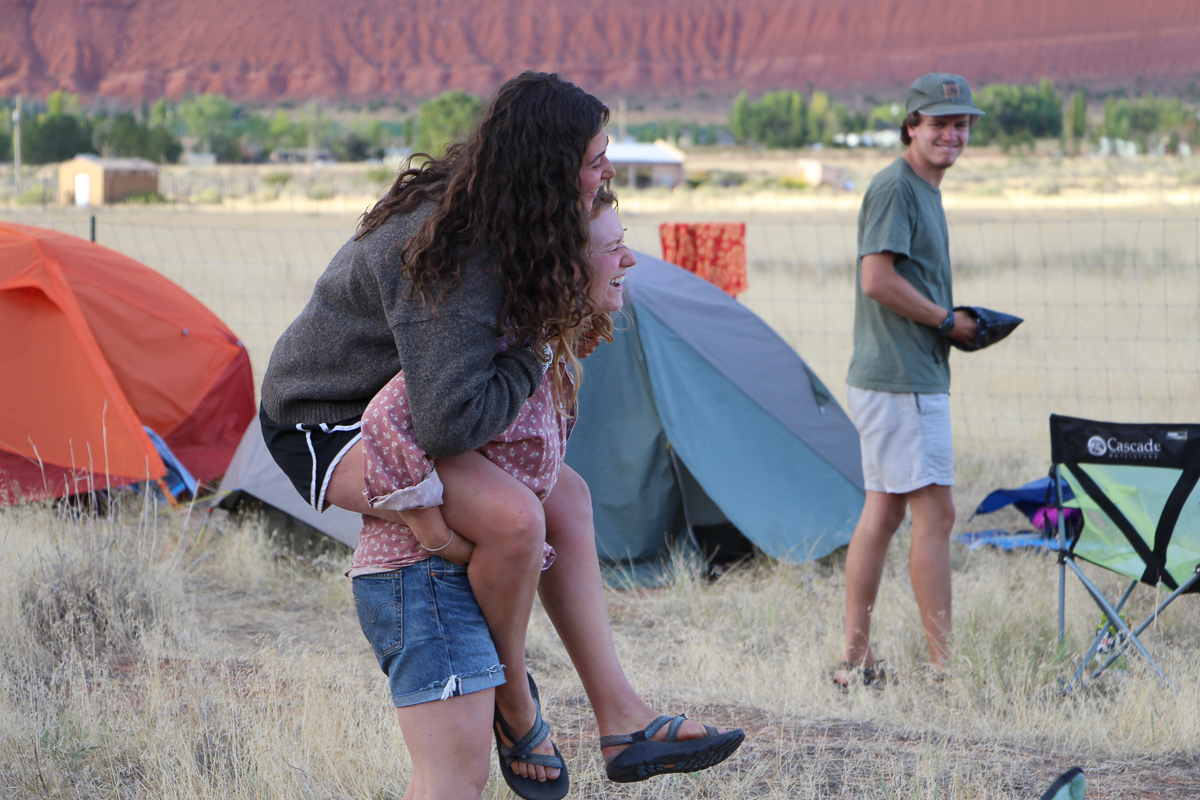
Grace puts the team on her back
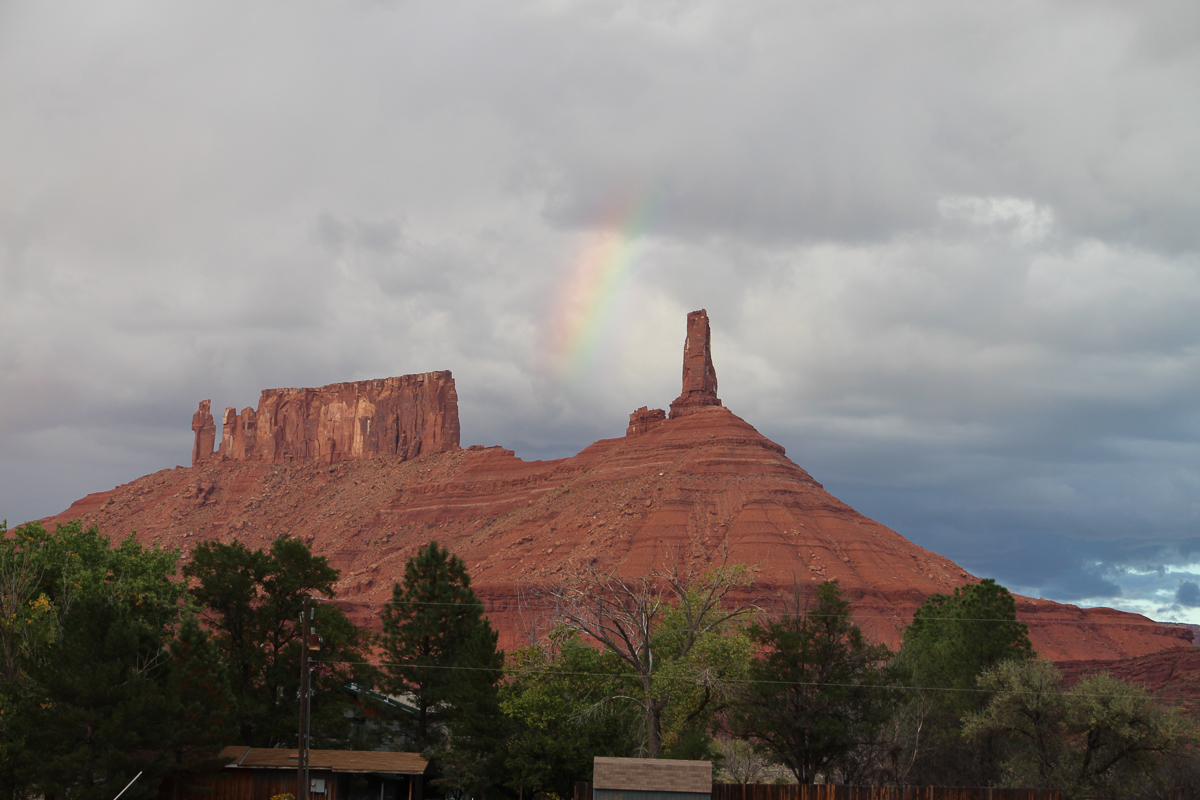
Rainbow over Castleton Tower
Photo credit Thomas Meinzen
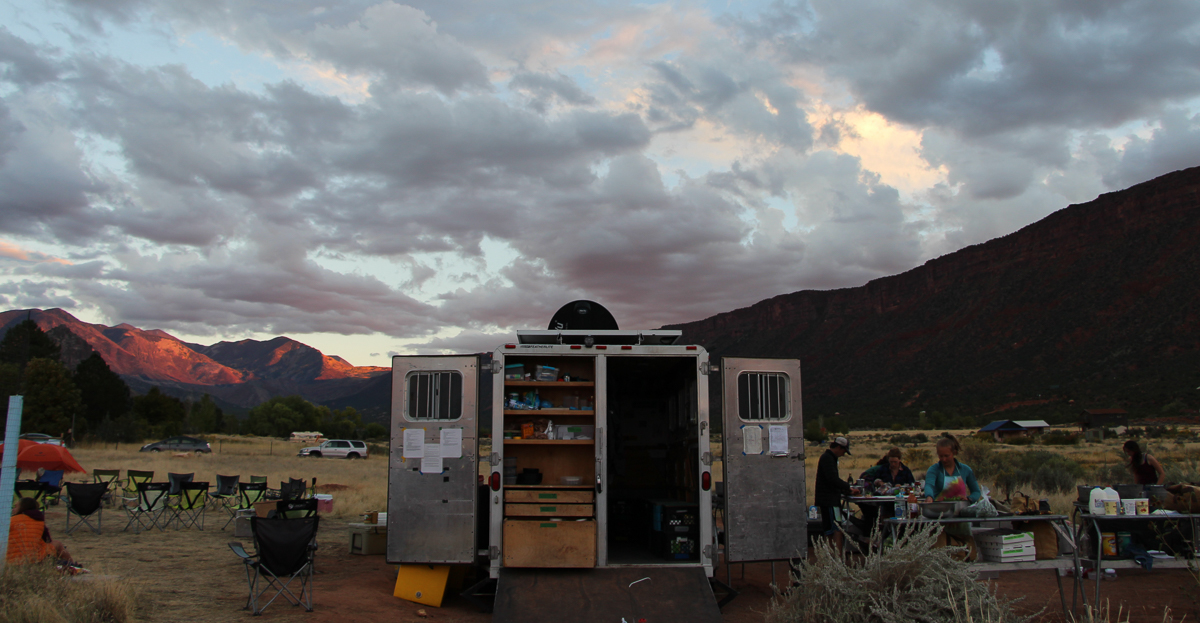
Driveway camp in Castle Valley
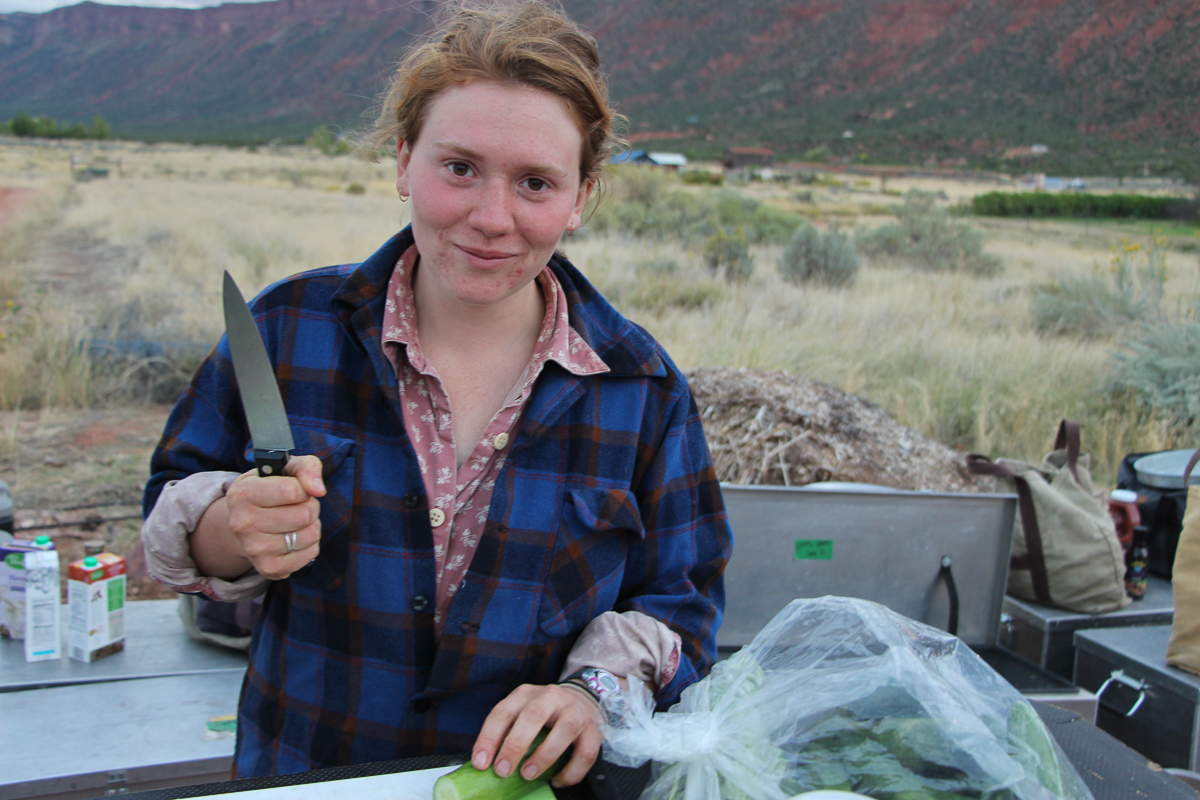
Cooking is fun!
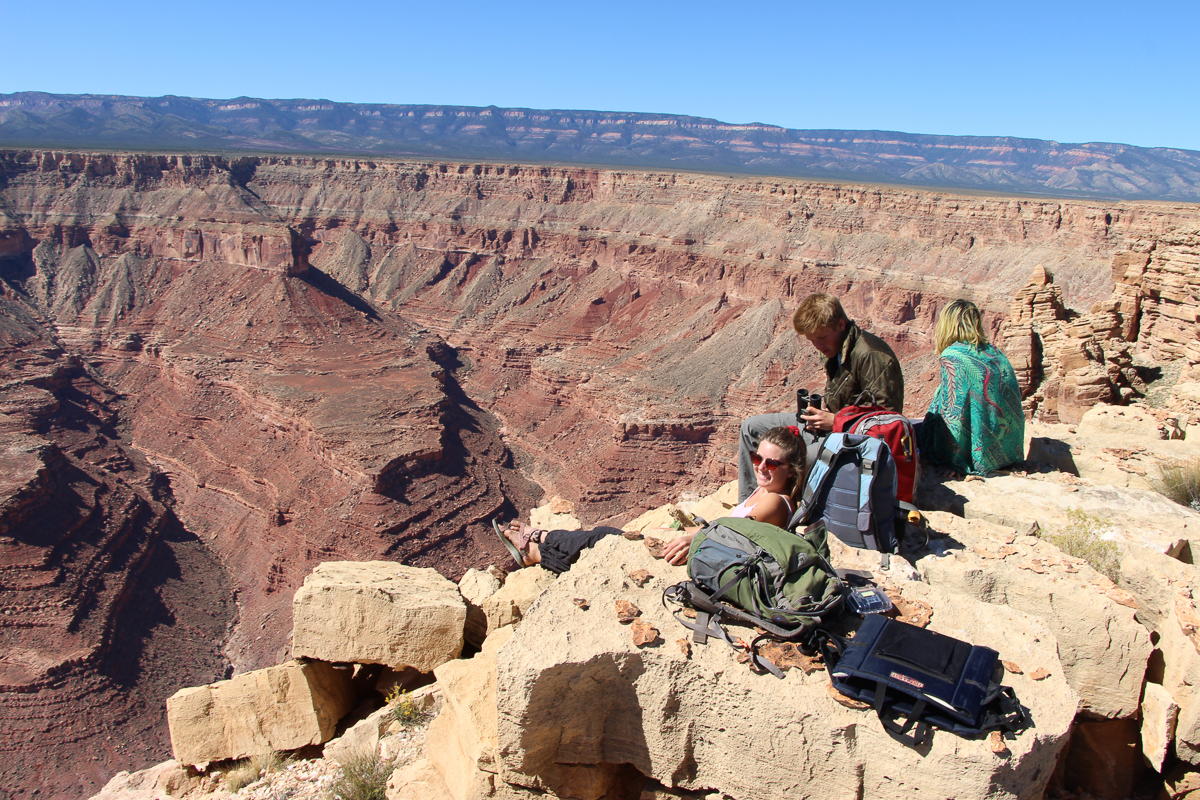
Contemplating Marble Canyon
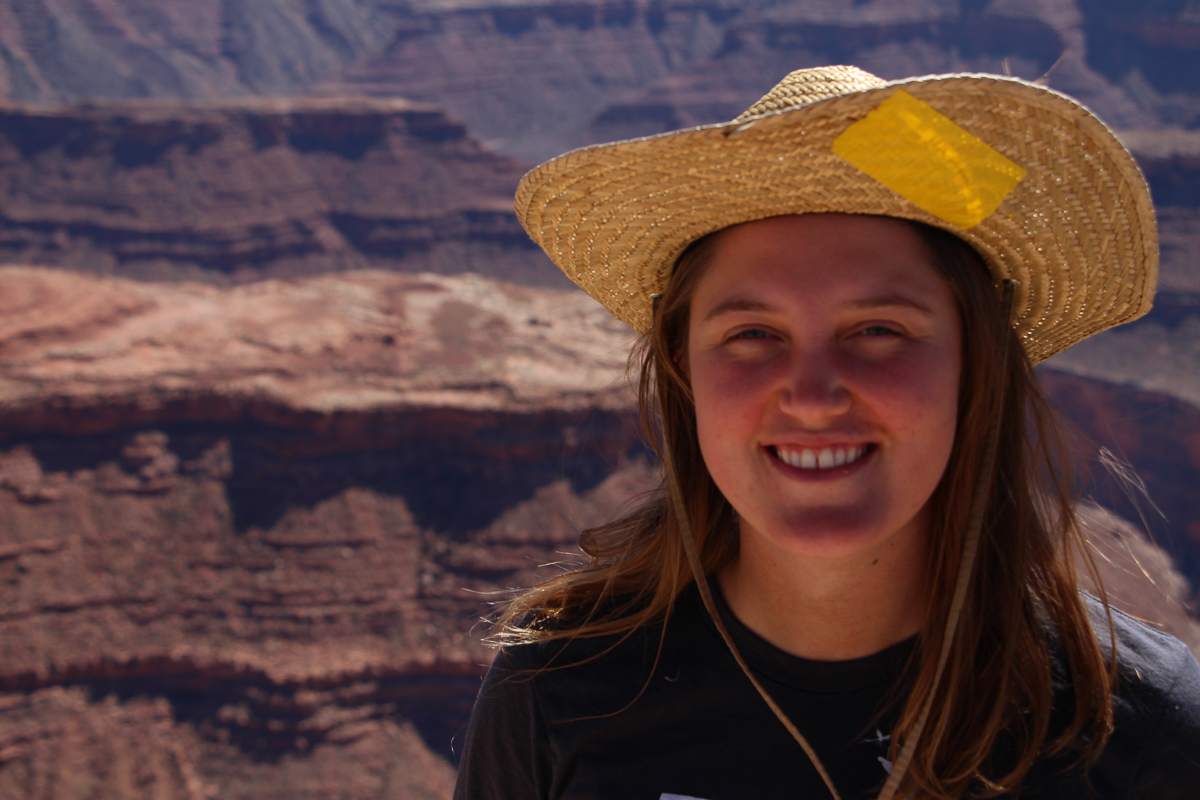
Willa at Marble Canyon
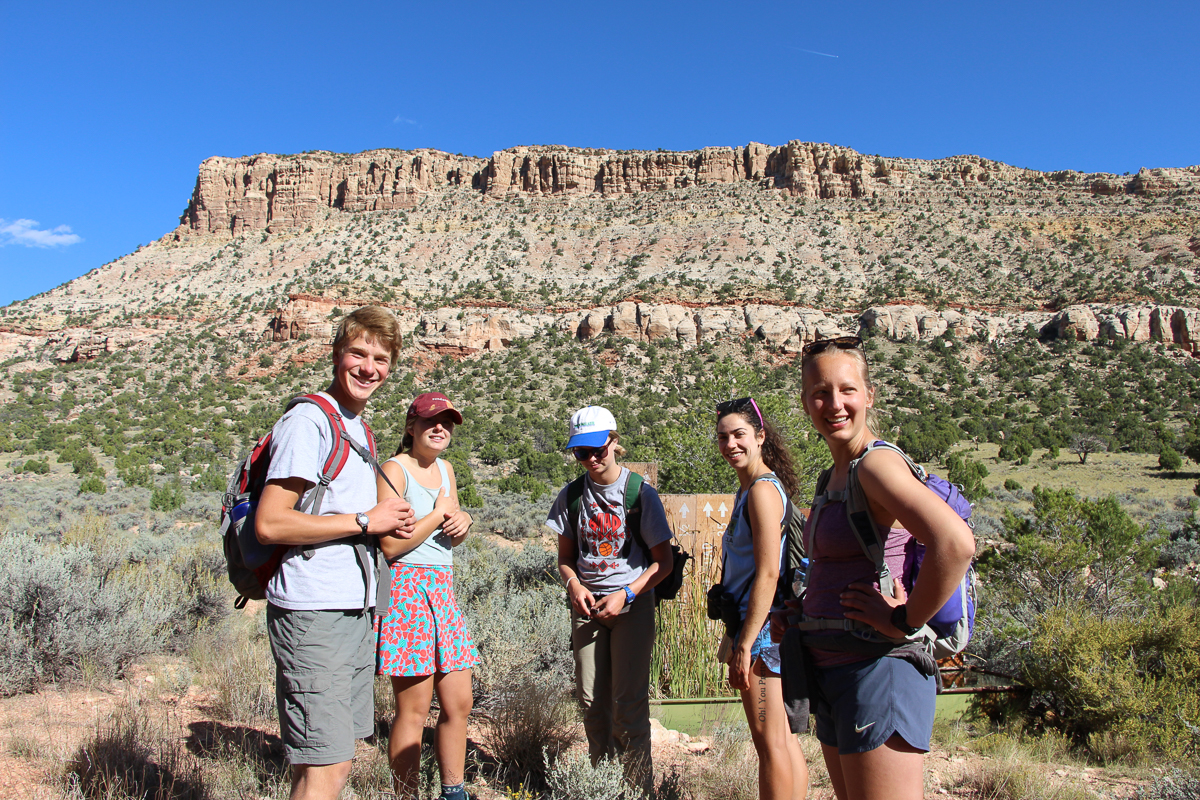
Hiking in Kane Canyon
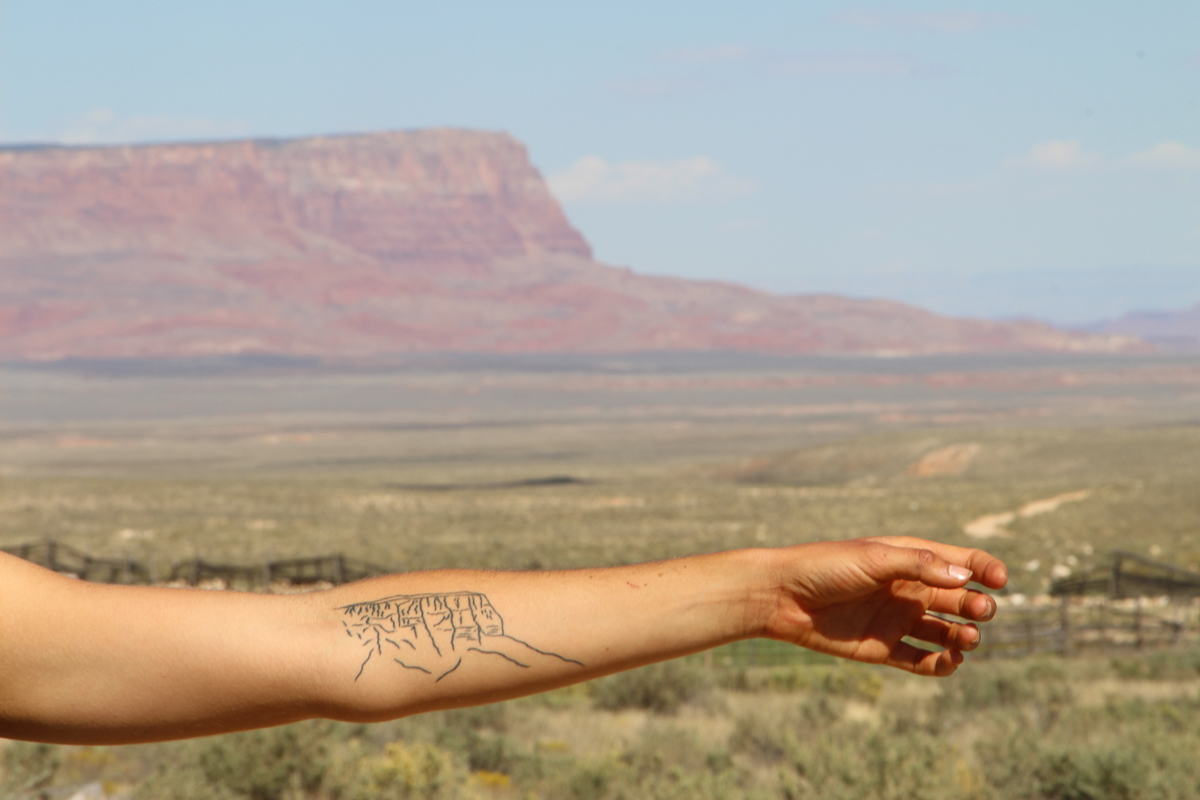
Ysabel shows off her tattoo and its inspiration
Photo credit Thomas Meinzen
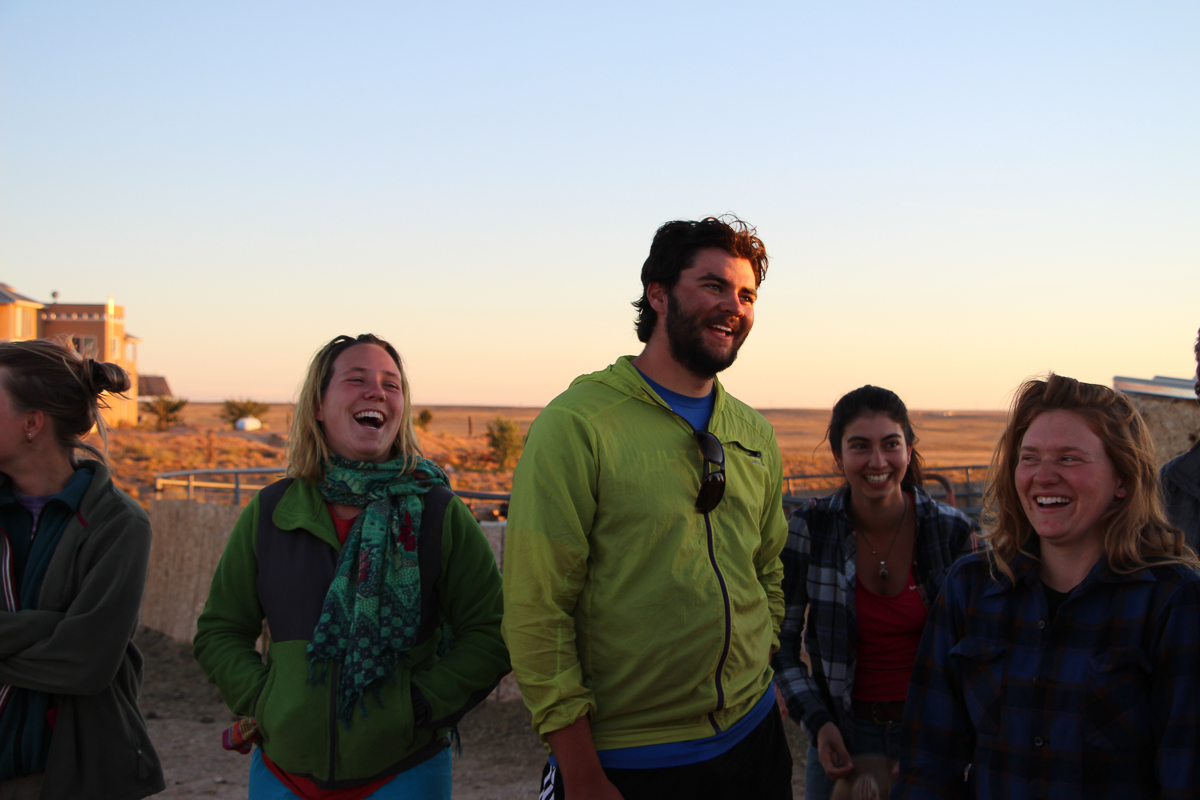
Joking in the dinner line
Photo credit Thomas Meinzen
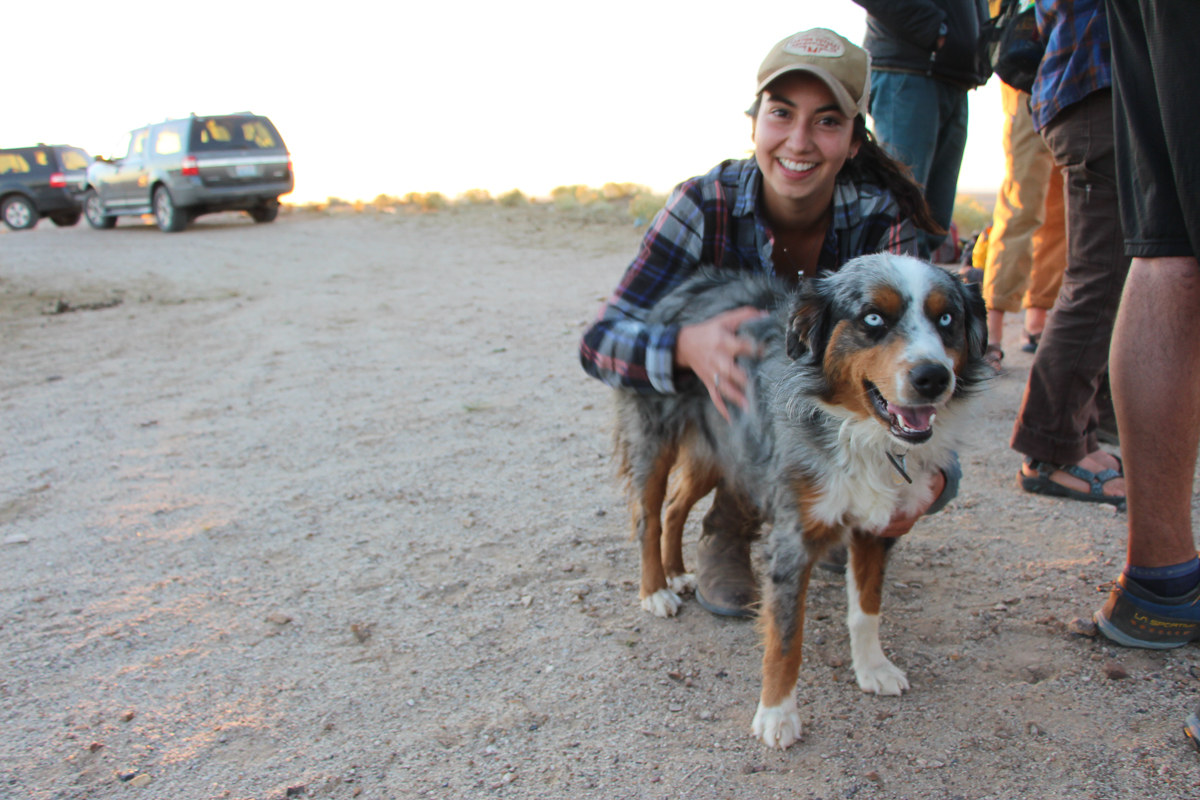
Dogs in the West (a continuing series)
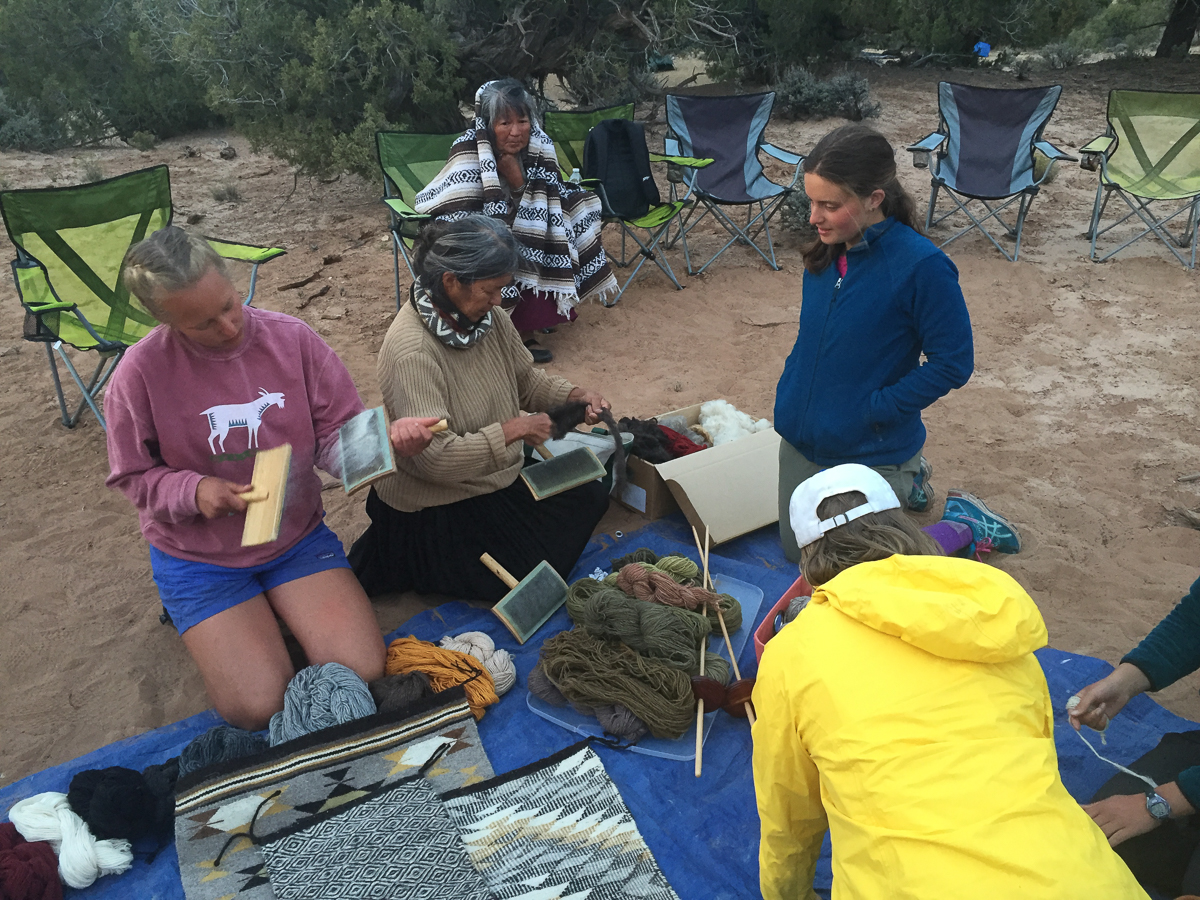
Westies get a lesson in wool carding and spinning from Lorraine Herder
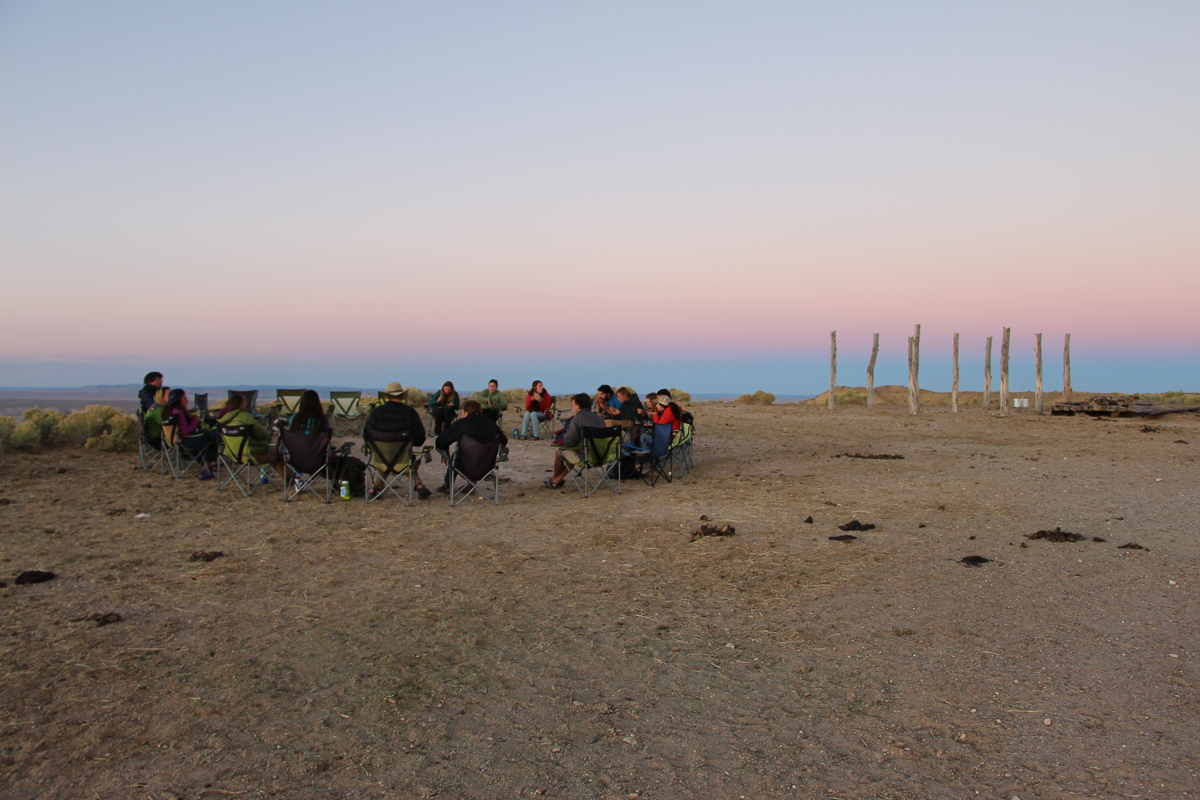
Evening outside Tuba City

Ysabel cooks her family Mac 'n Cheese recipe
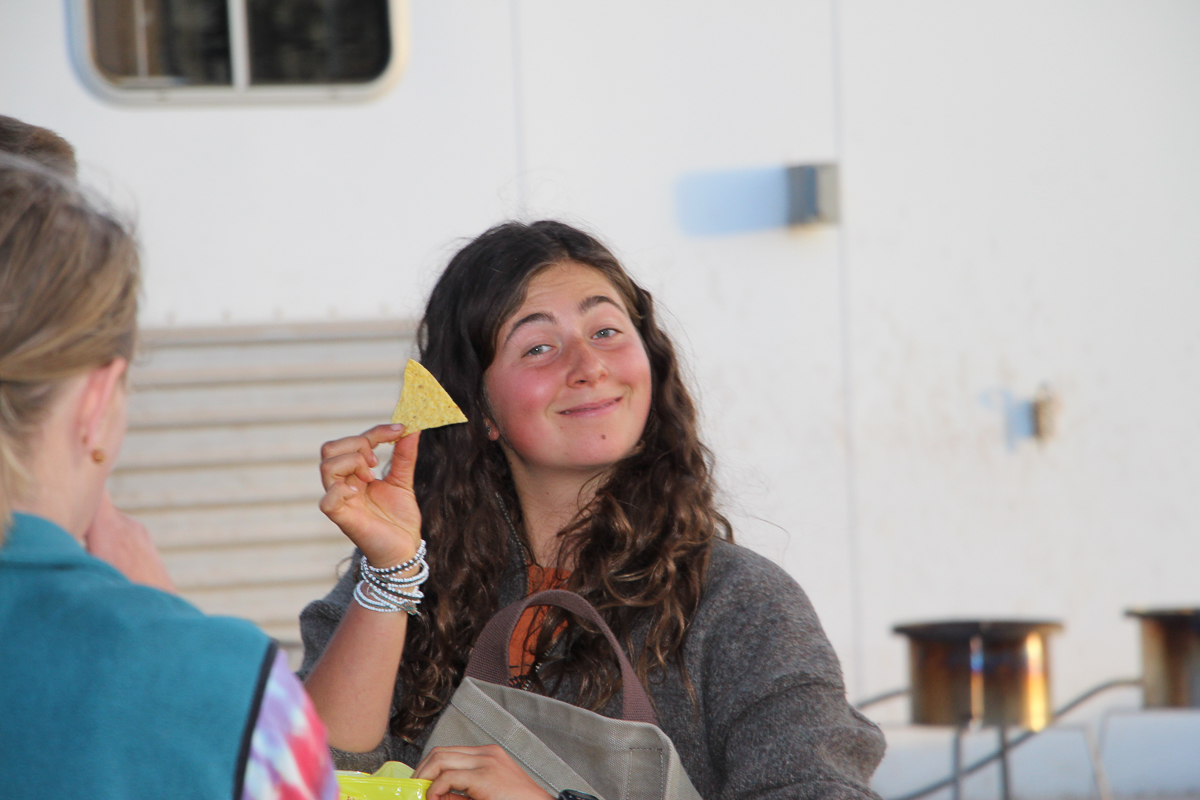
Who says Westies can't be proper?
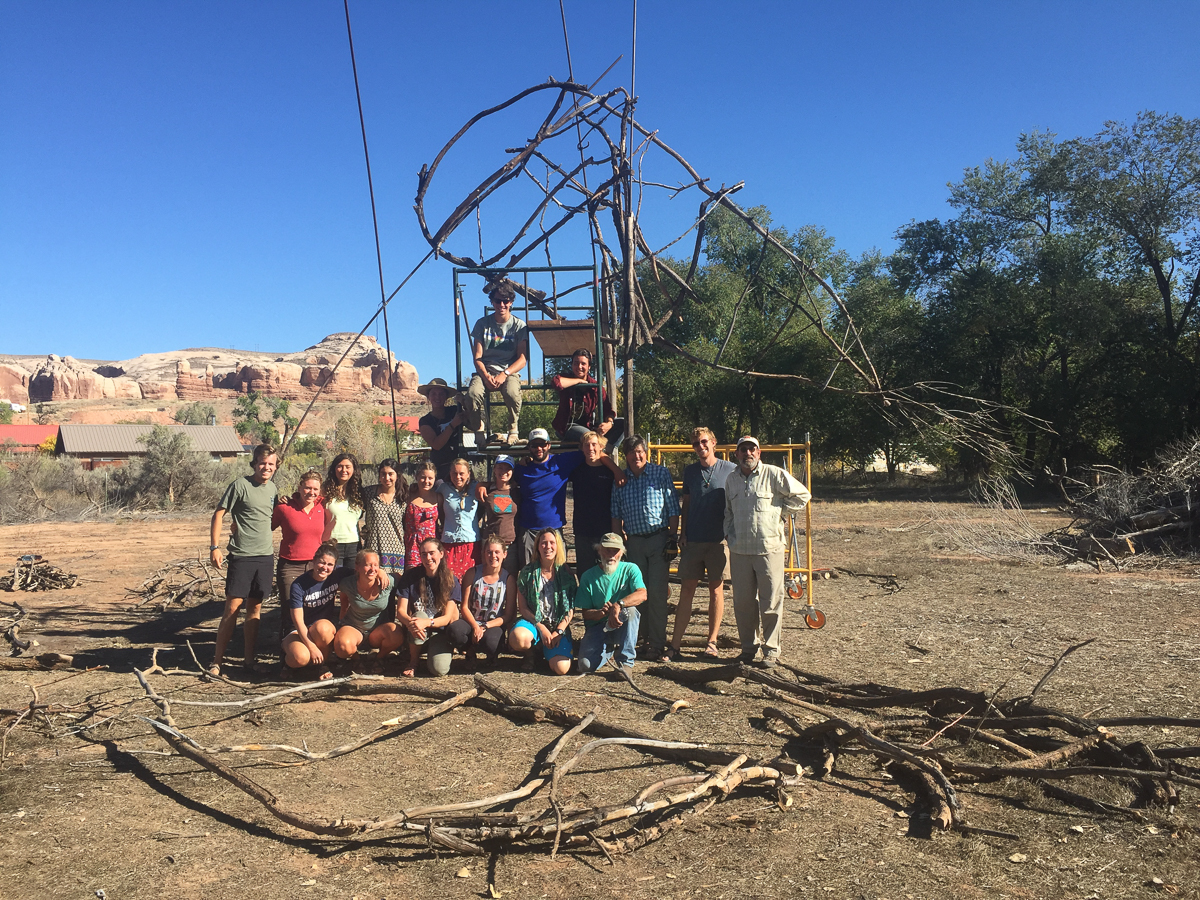
Westies help out Joe Pachak build the Bluff solstice bonfire
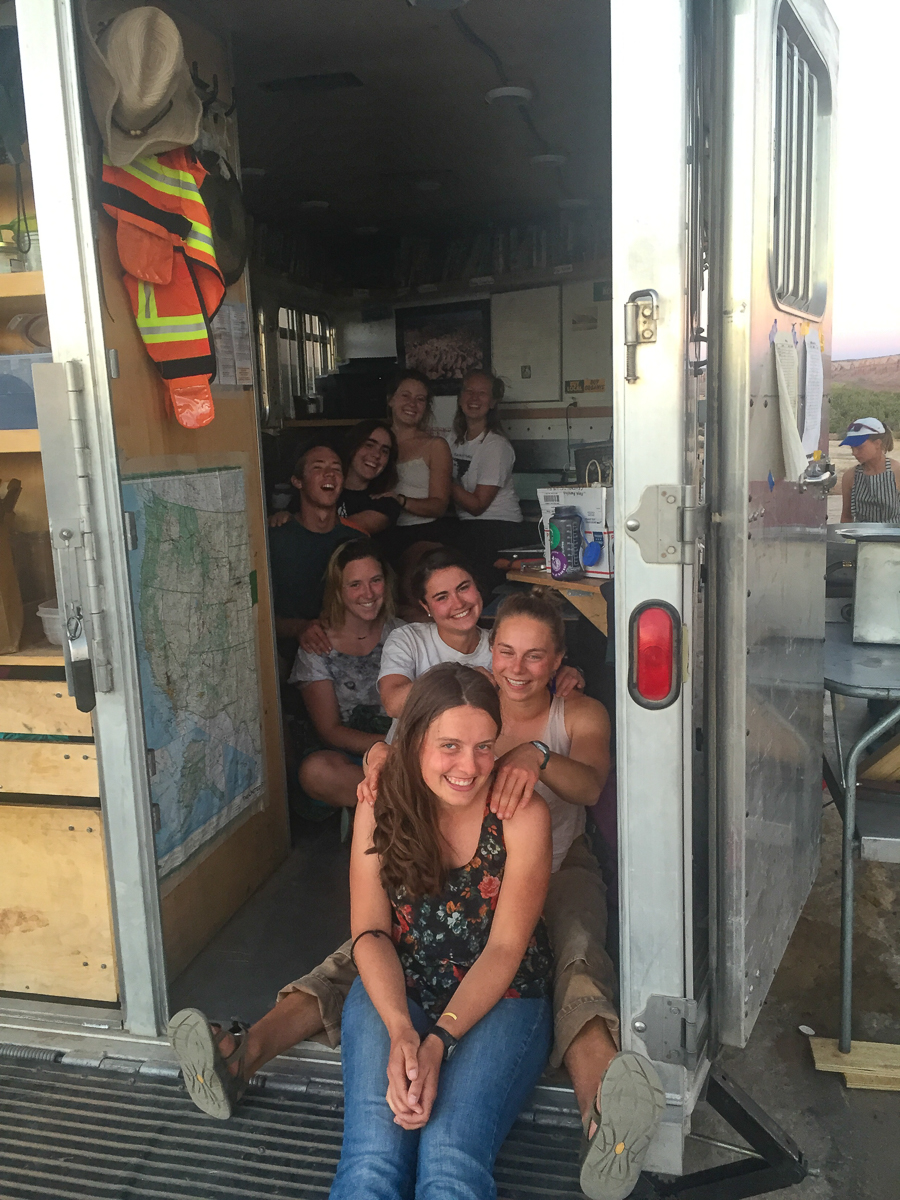
Trailer massage train
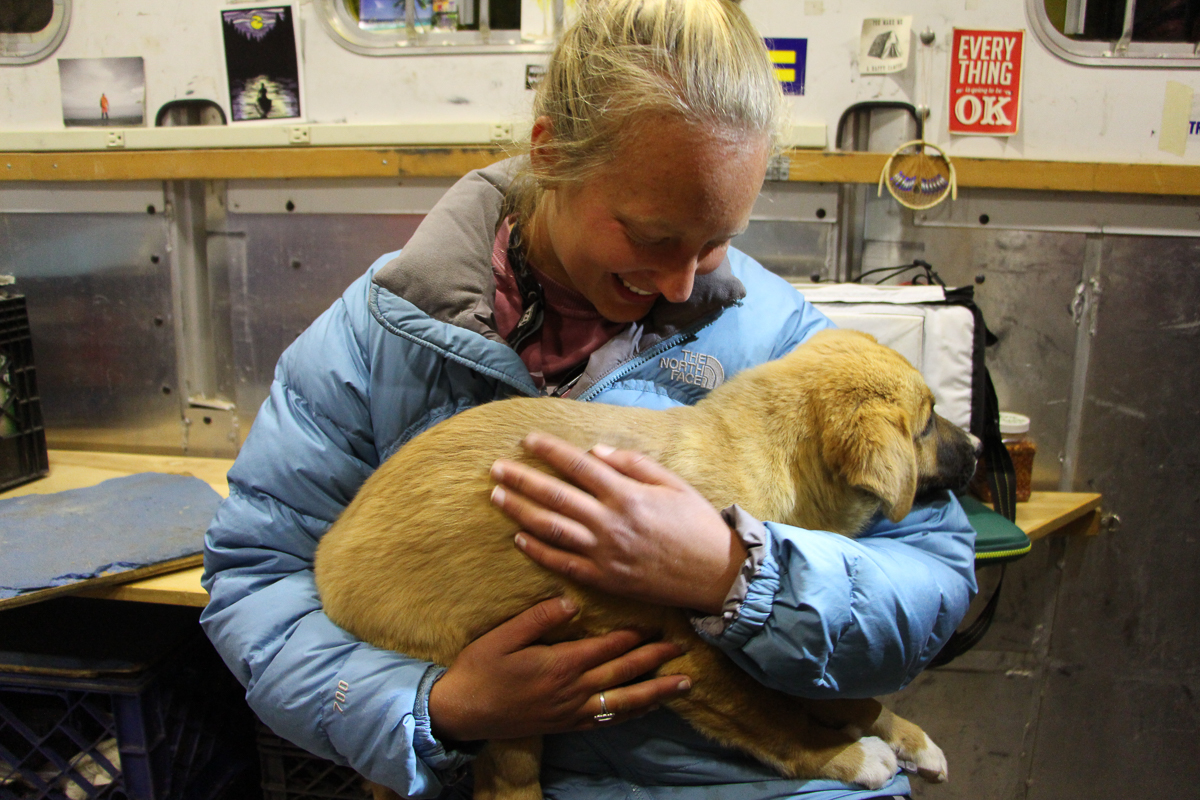
Dogs in the West (puppy edition)
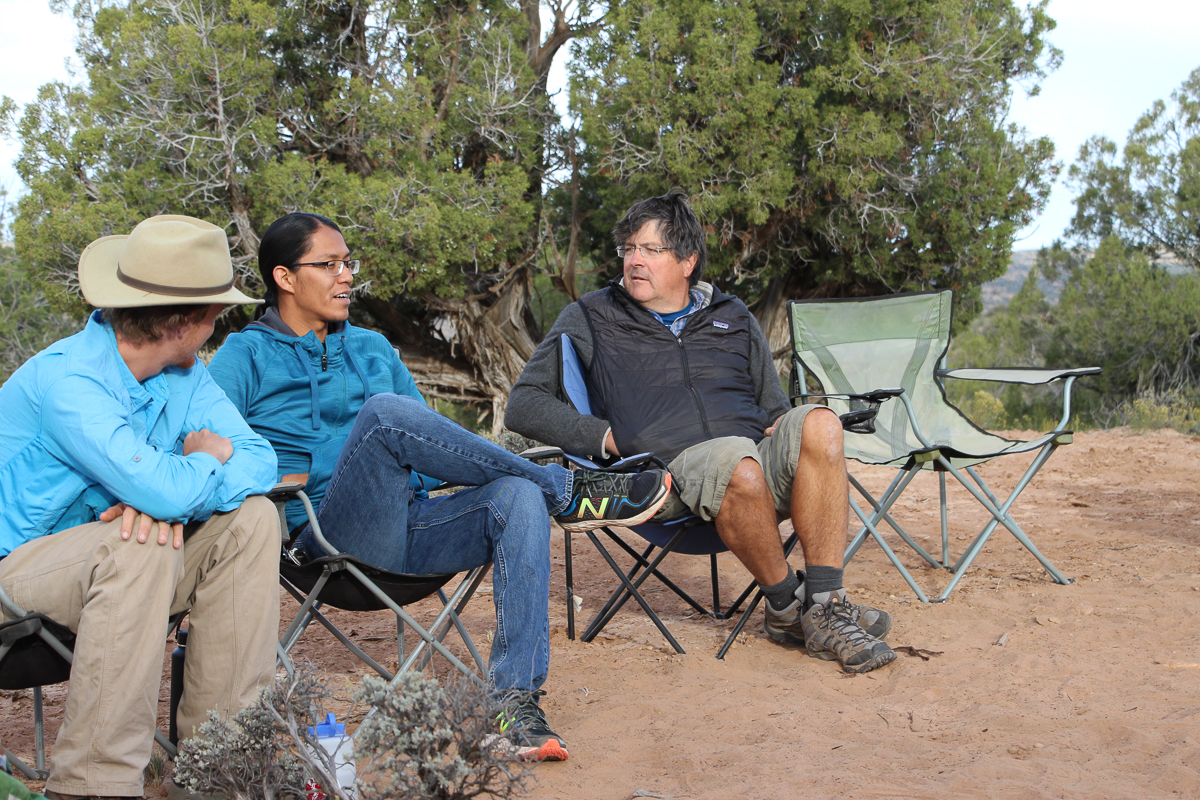
Phil and Collin talk with Adrian Horseherder in the chair circle
Photo credit Amanda Champion

Nina presenting her check dam in Black Mesa
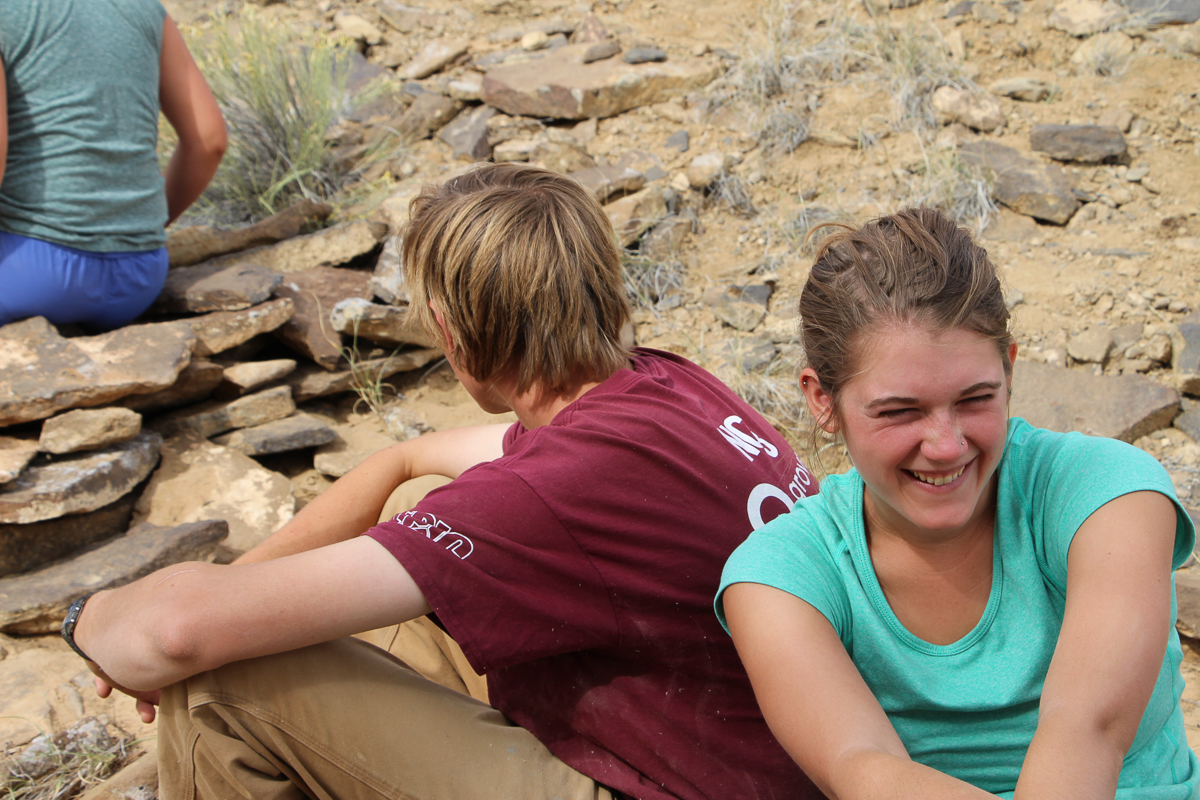
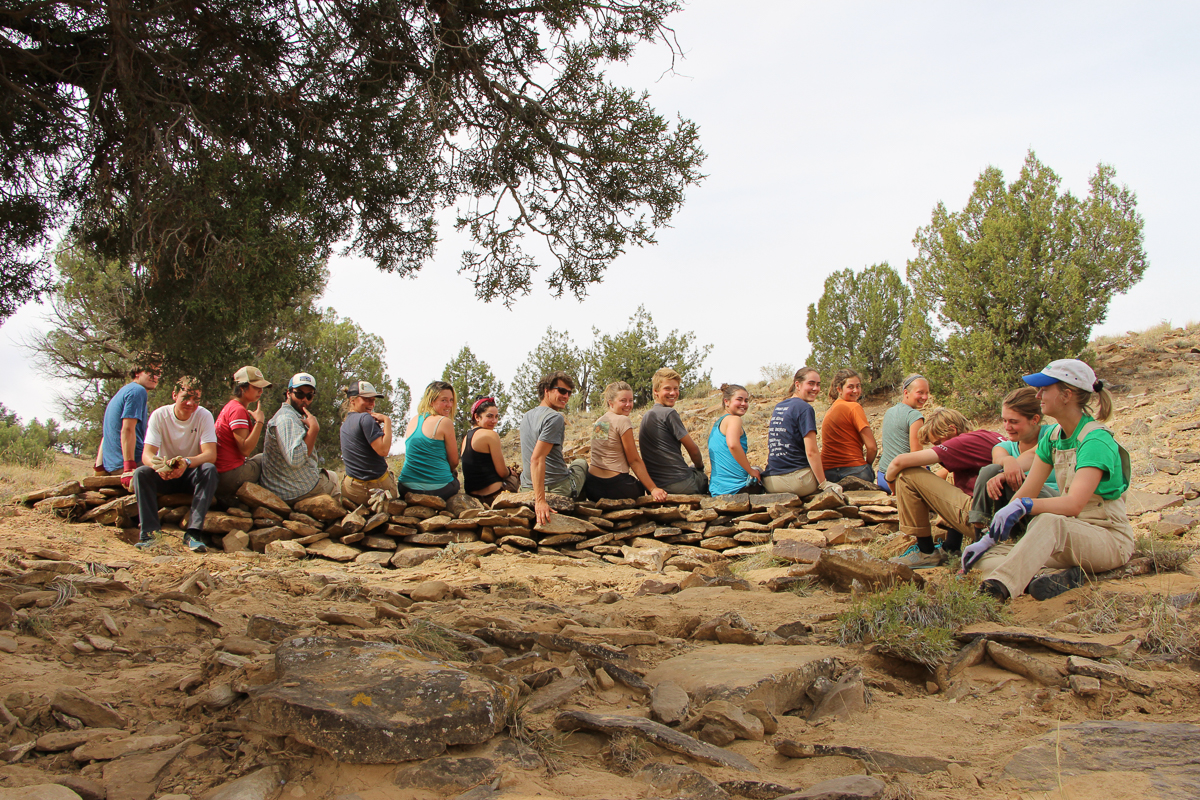
How many Westies can you fit on a trinchera?
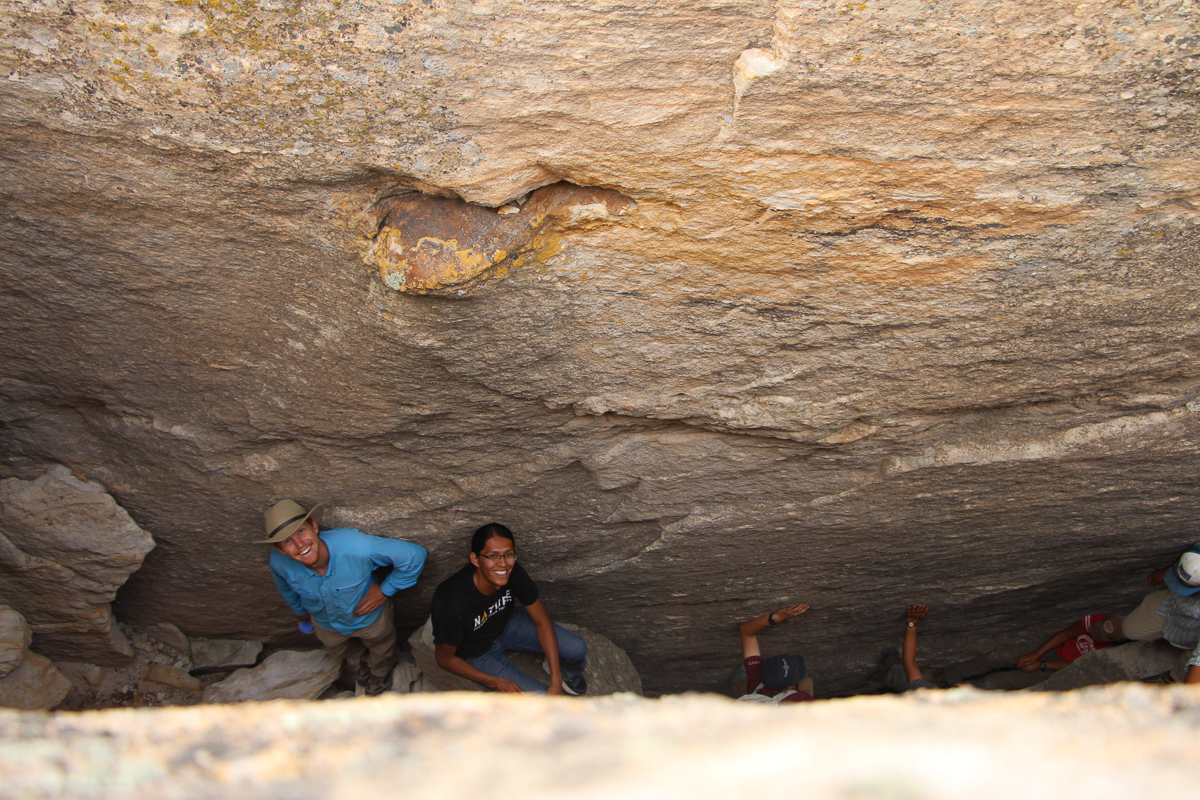
Adrian and Collin explore coyote spring
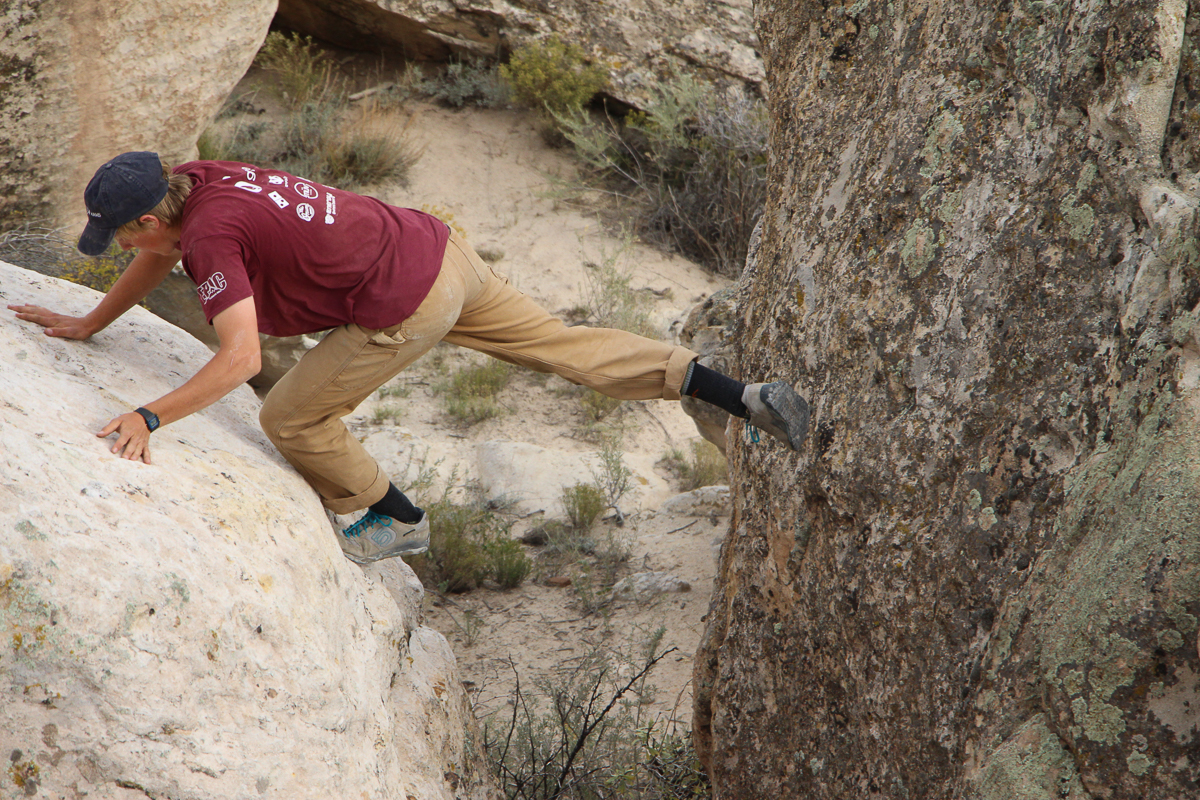
Fields finds time to keep his bouldering skills sharp
Photo credit Amanda Champion
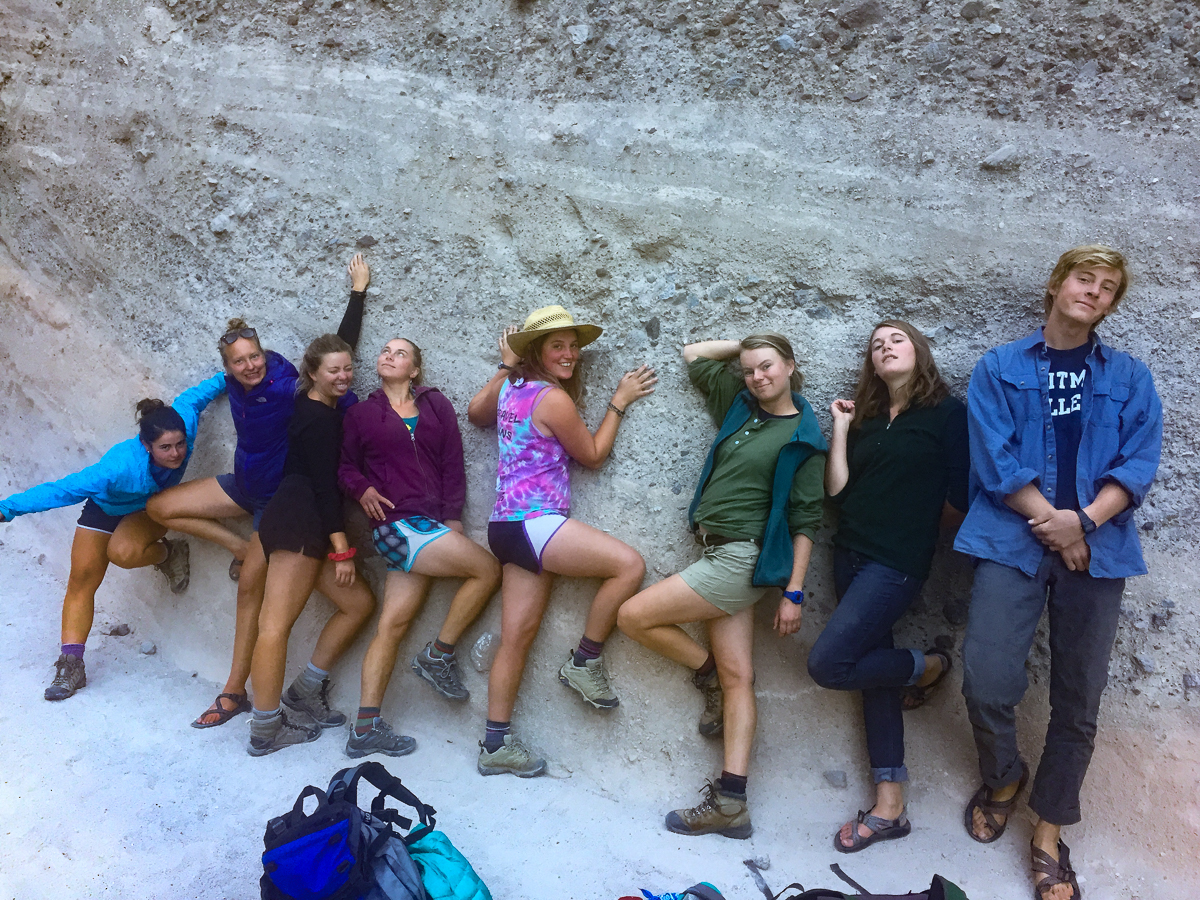
Posing at Tent Rocks National Monument
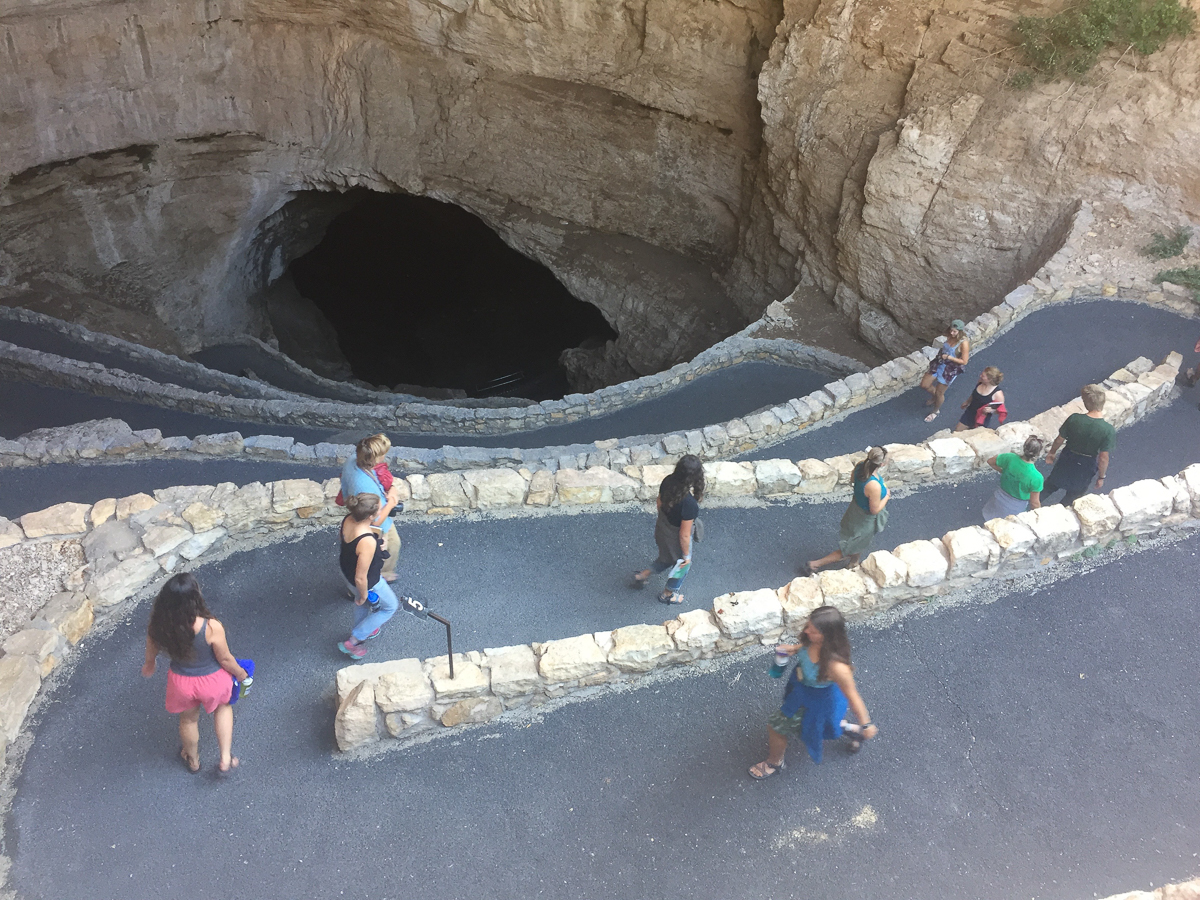
Descending into Carlsbad Caverns

En garde!
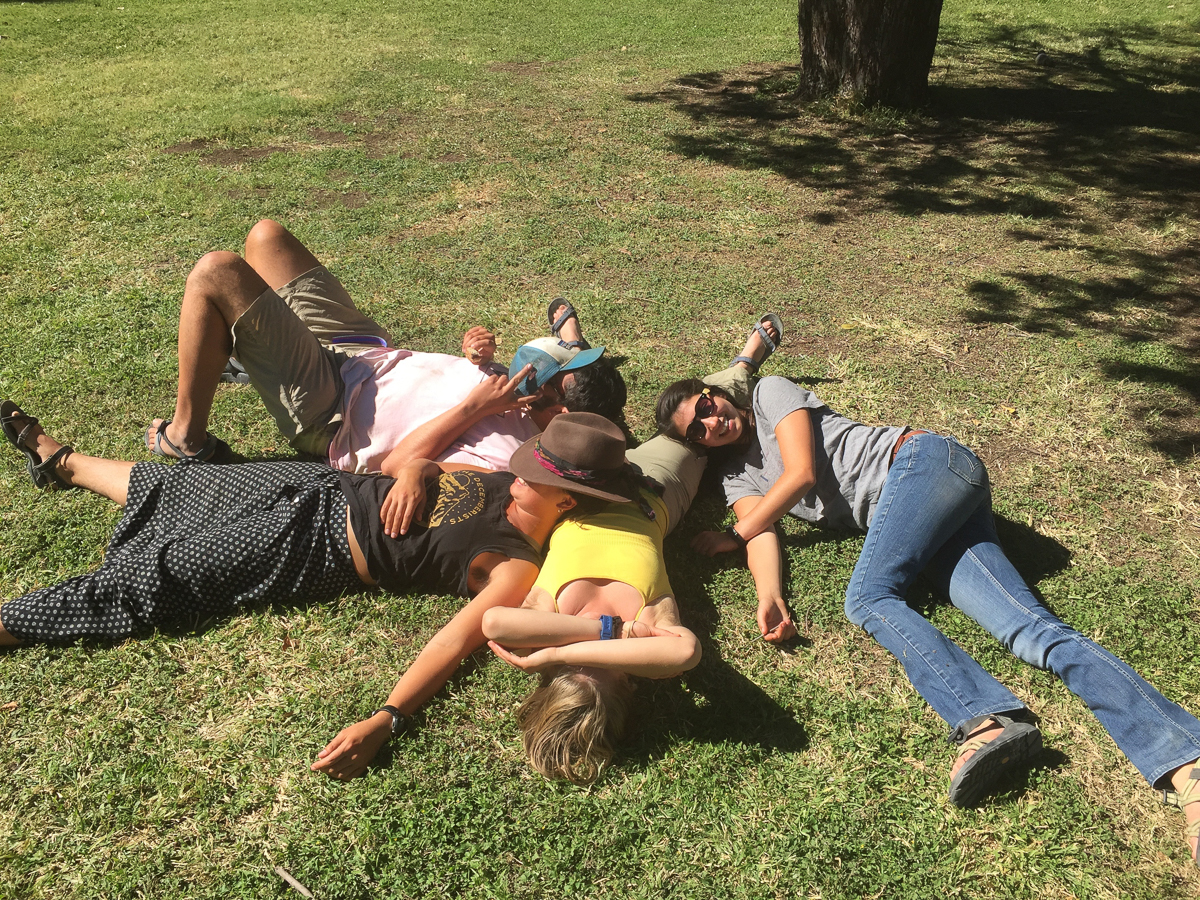
Naptime
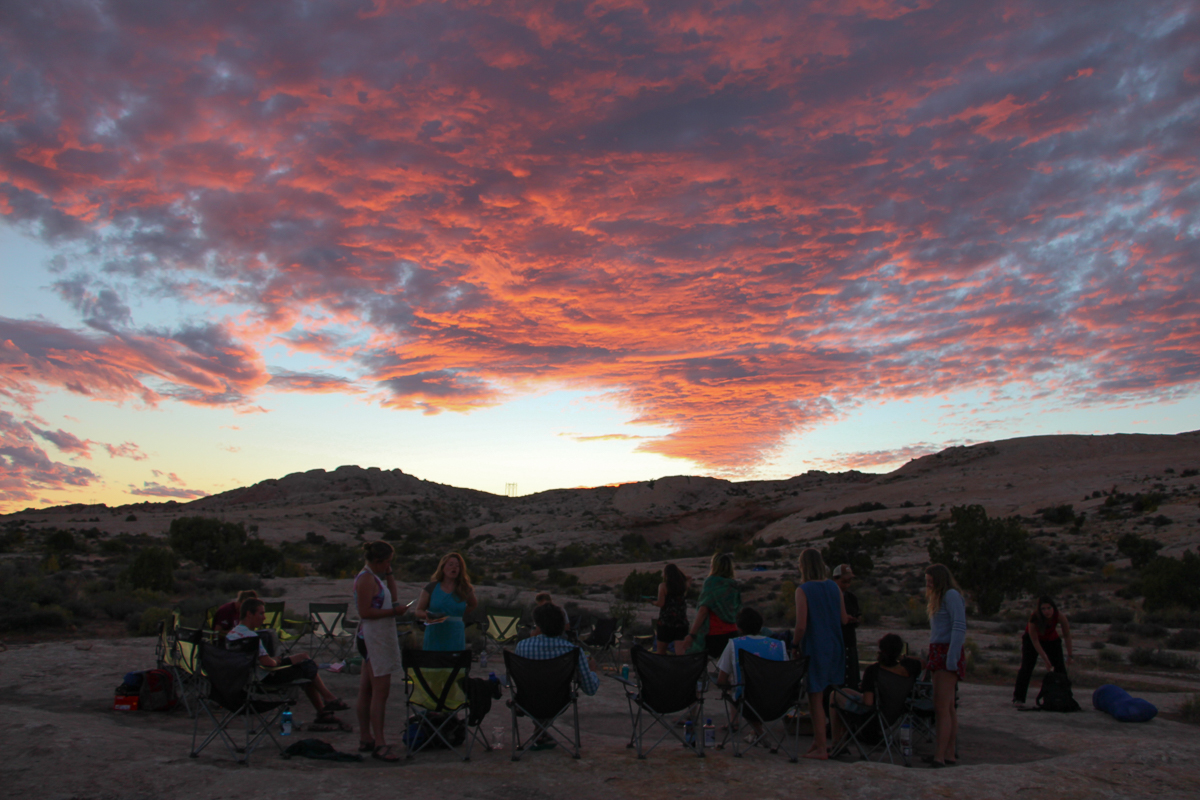
Chair circle sunset on Comb Ridge
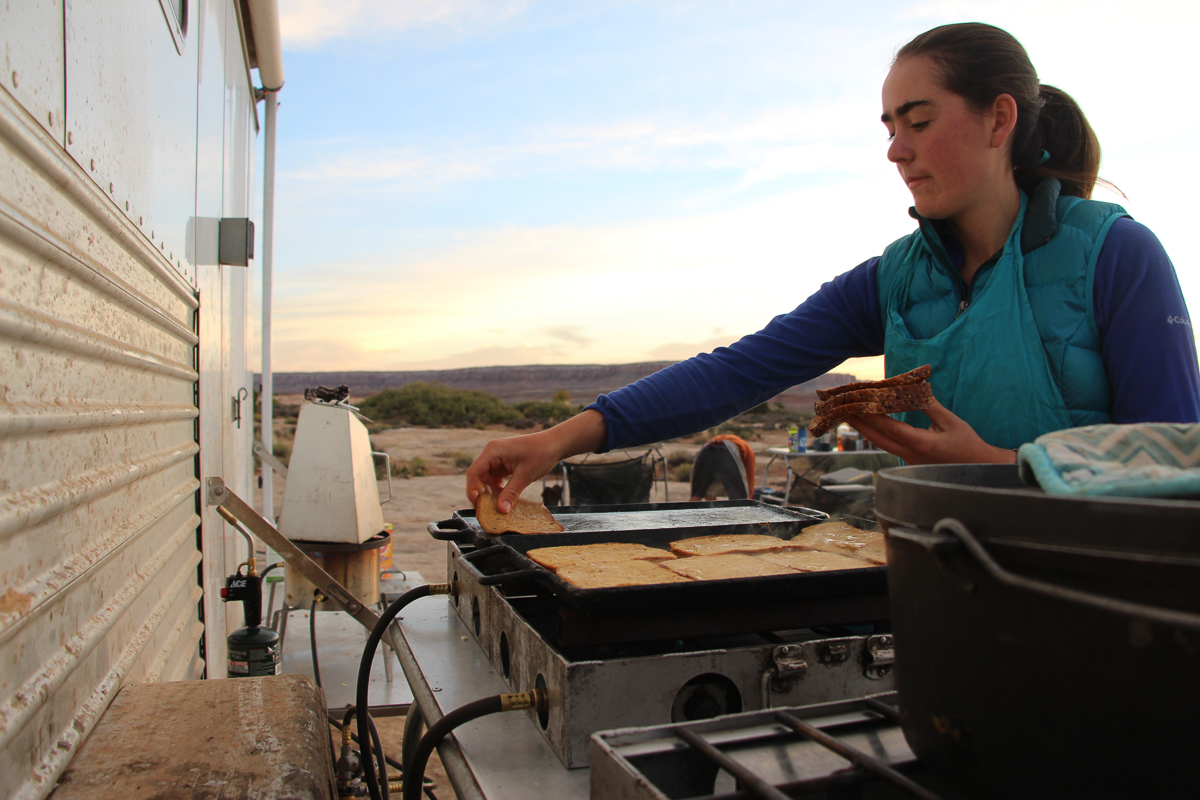
Sarah cooks up french toast on Comb Ridge

Hannah and Sophie at the hot drinks table
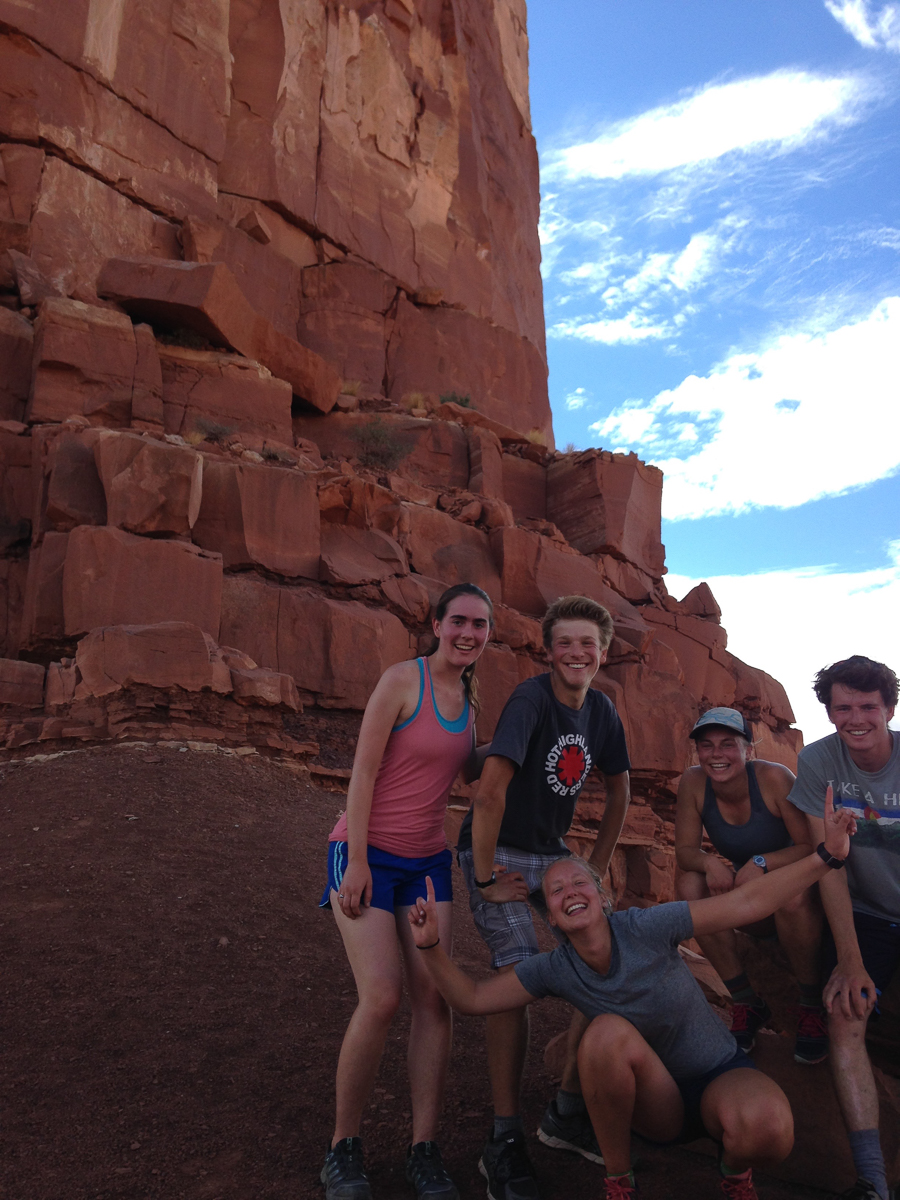
Posing at the base of Castleton Tower
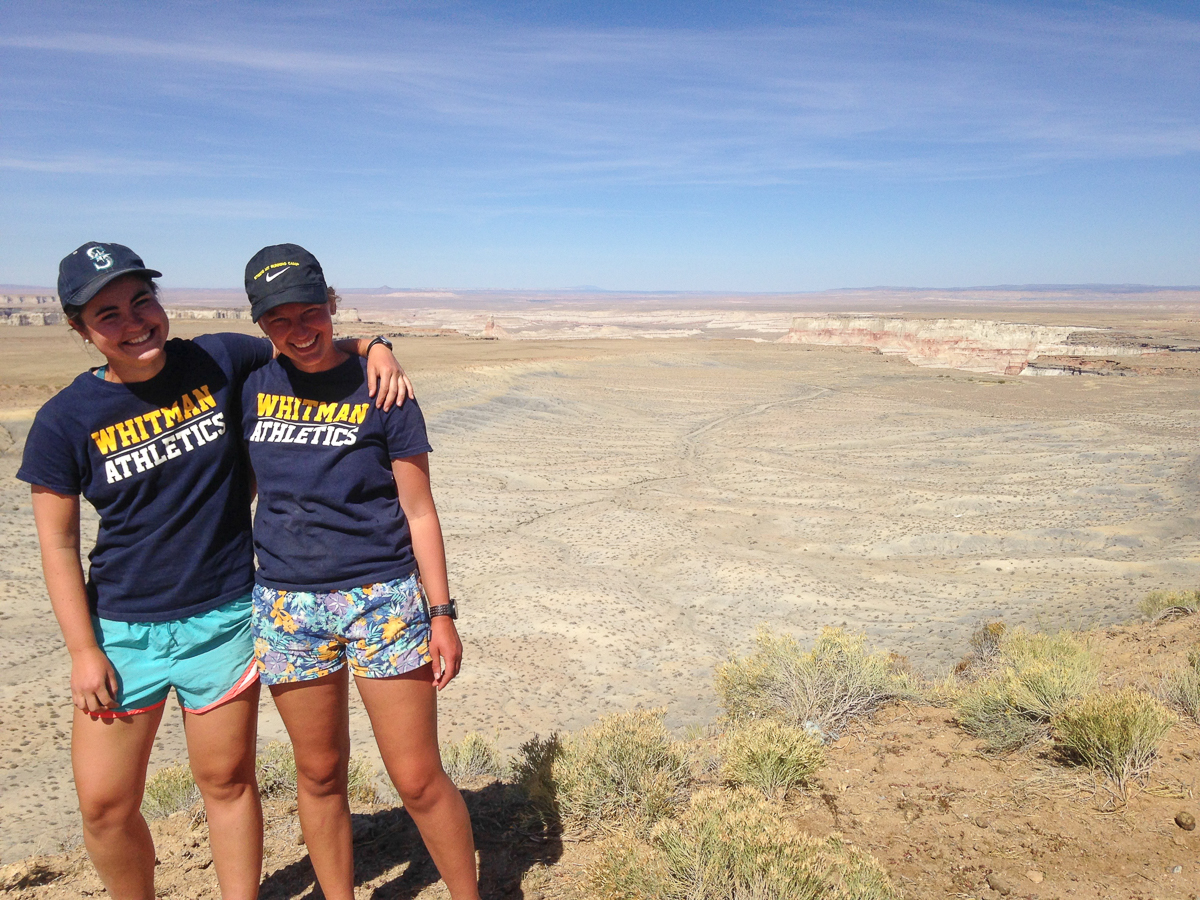
Athletes in the West!
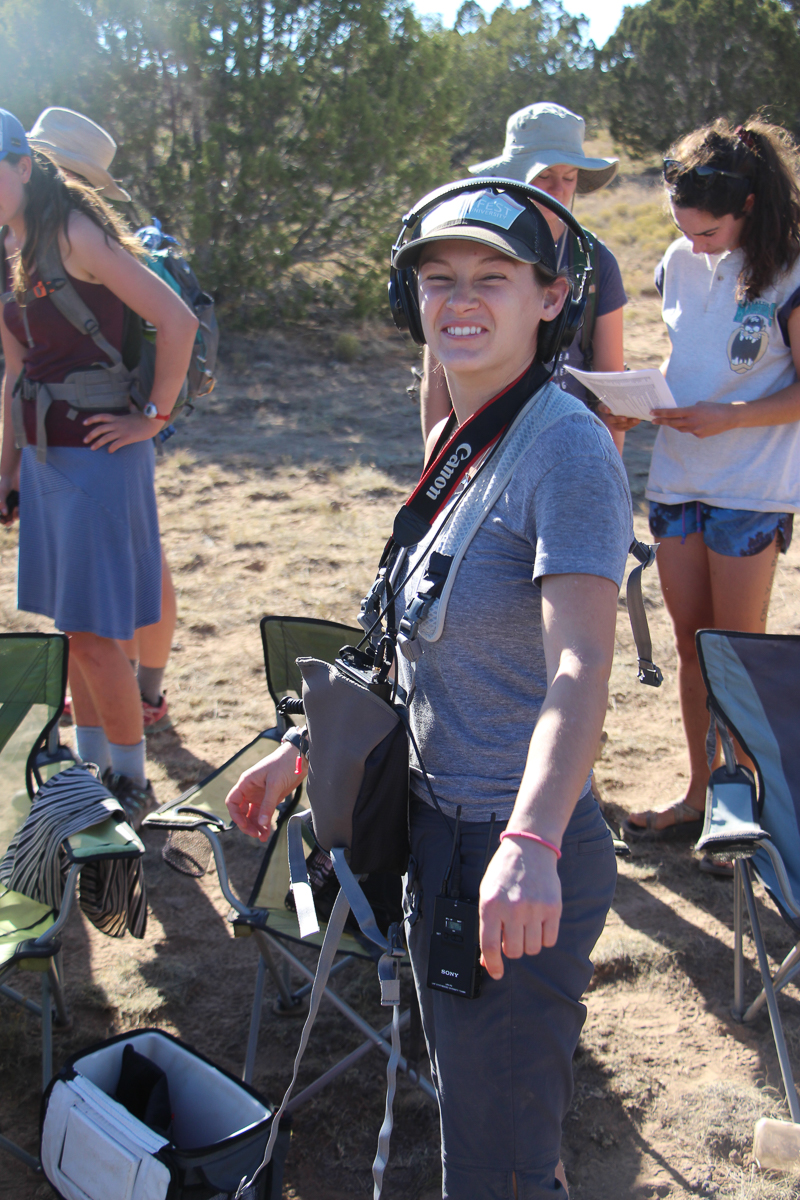
Rachel ready to record

Hannah and Signe help the littlest westie (Esmé Arbetan) release silvery minnow in the Rio Grande
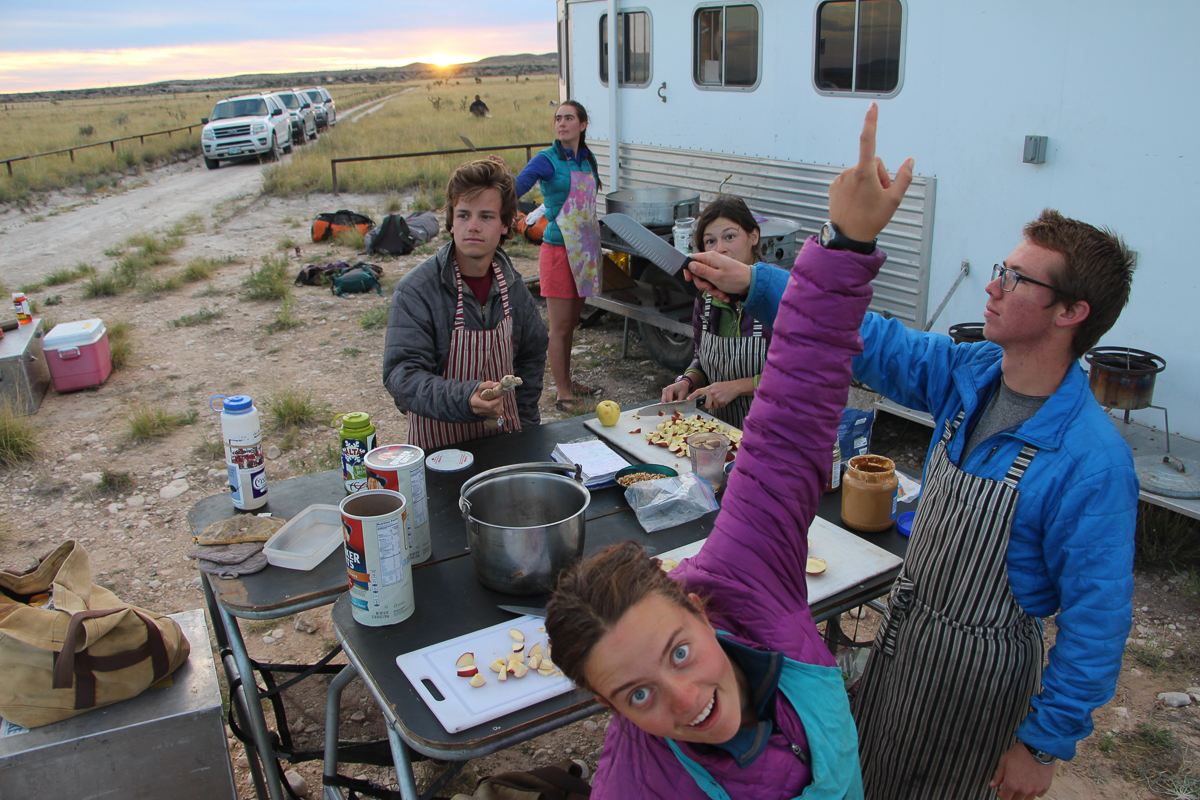
"Gardner and the Vegetarians" hard at work in the kitchen
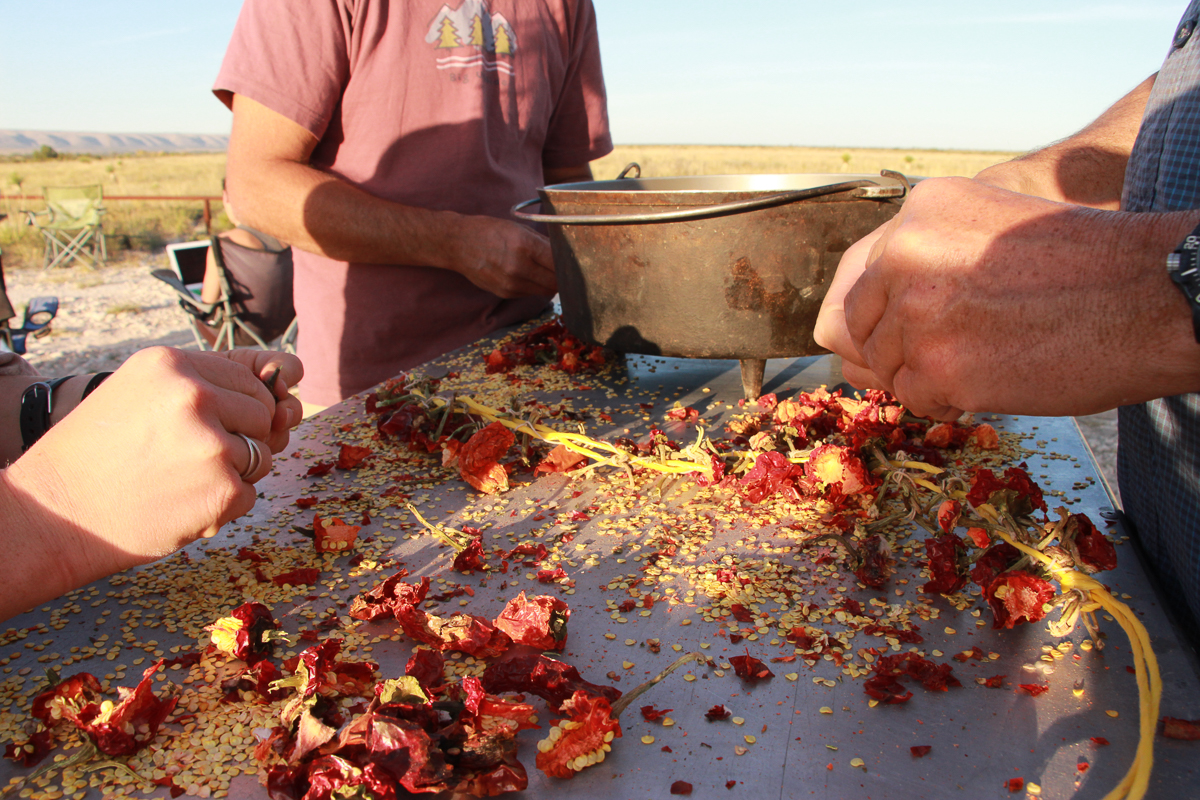
Making red chile sauce near Hatch, NM
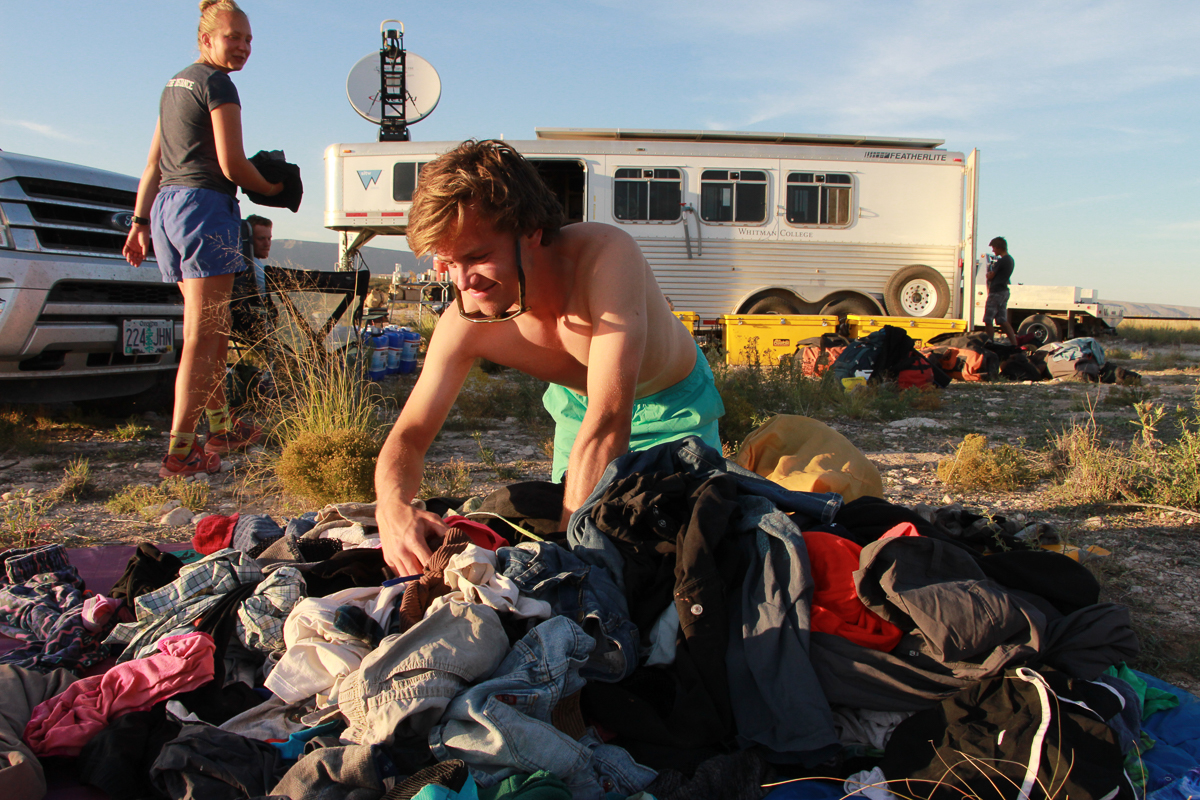
Gardner diving in after a group laundry session
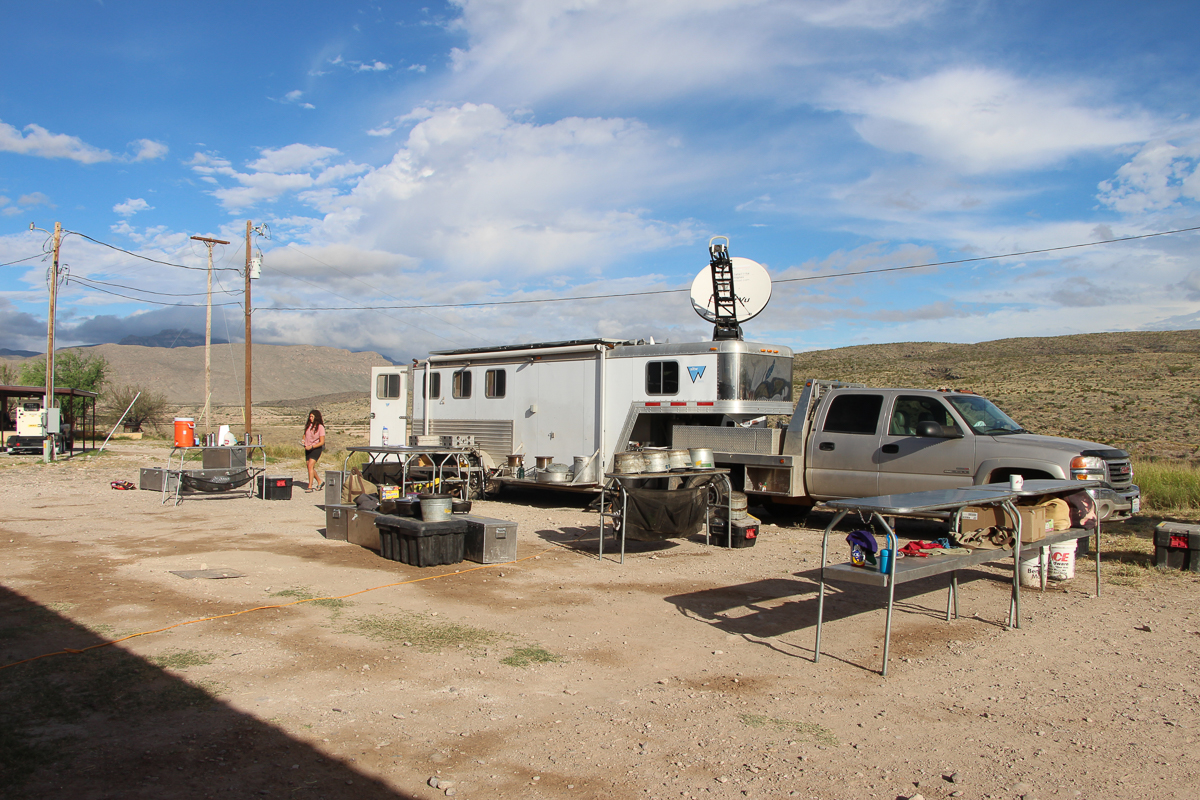
Camp at the El Carmen Ranch
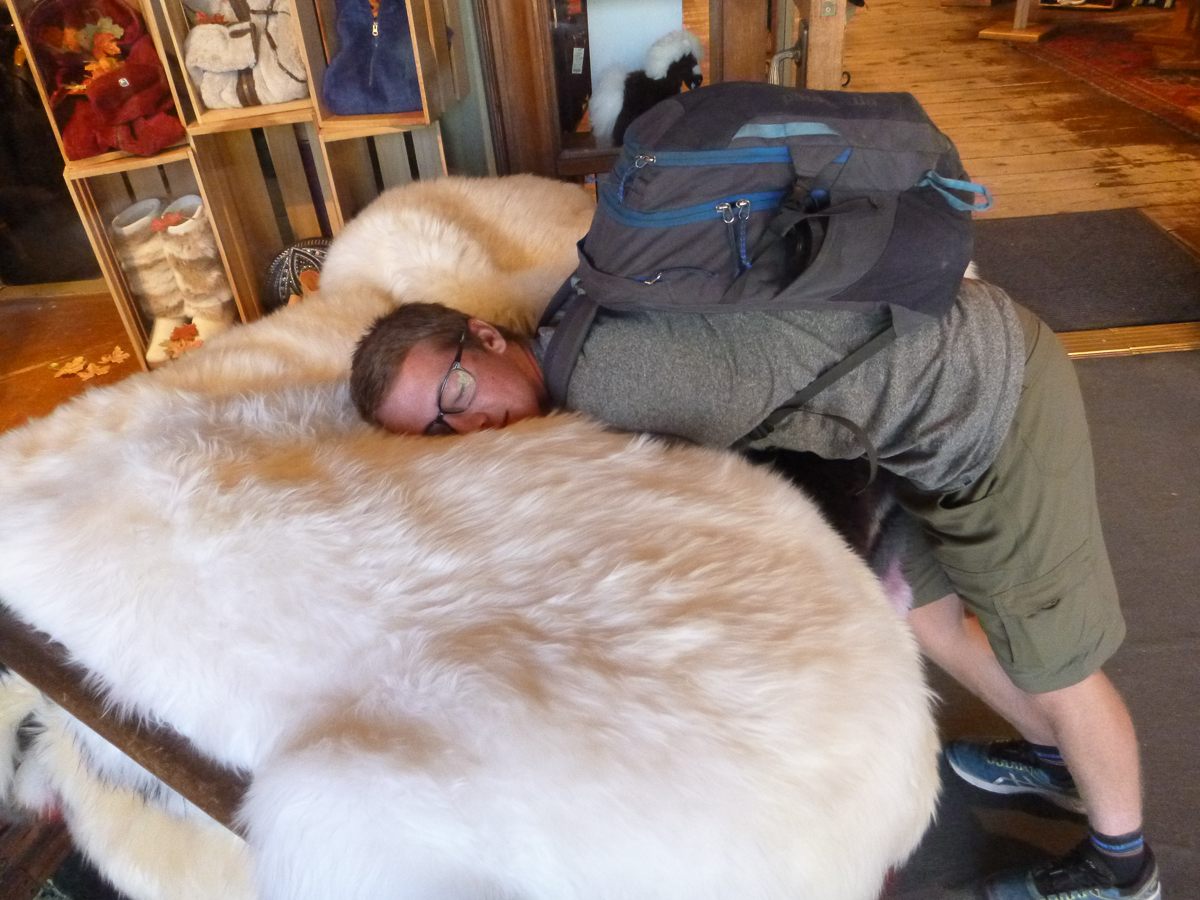
Griffin takes an impromptu siesta in Santa Fe
Photo credit Griffin Cronk

















































